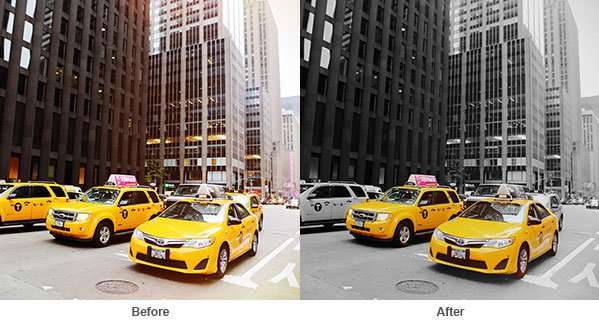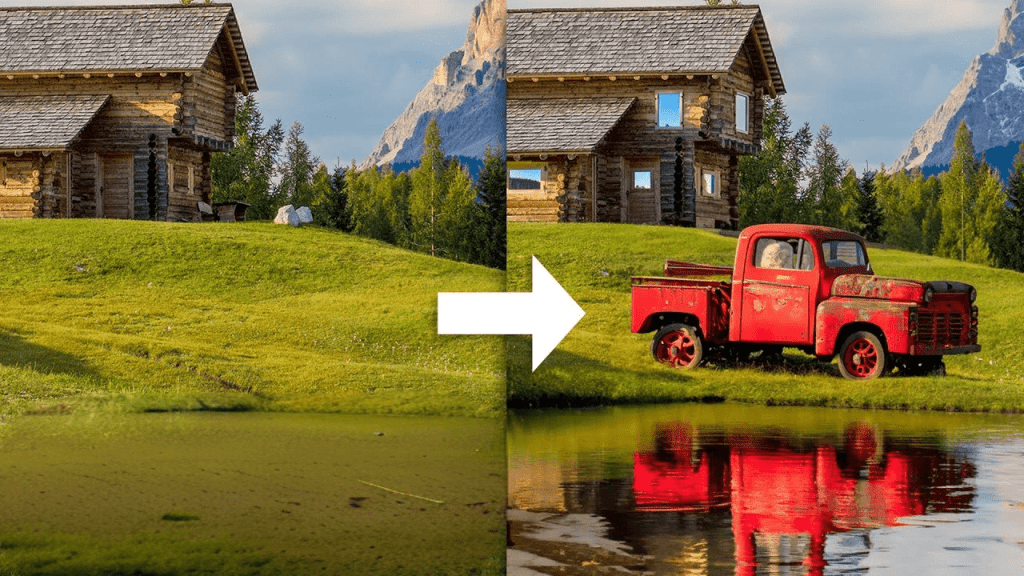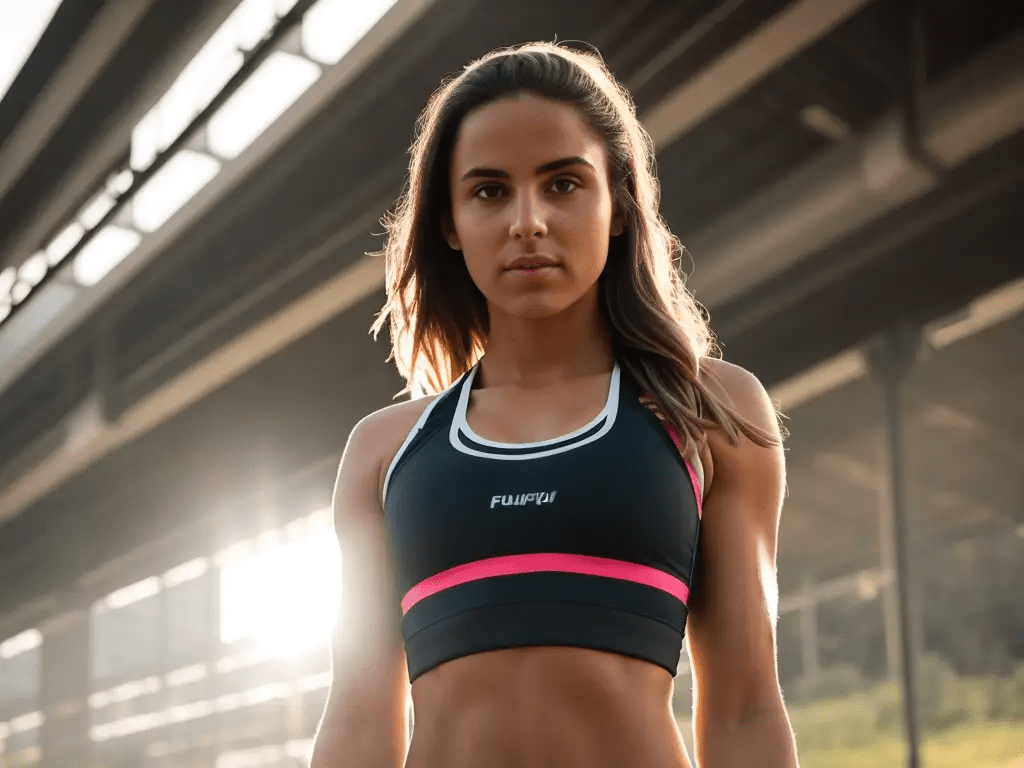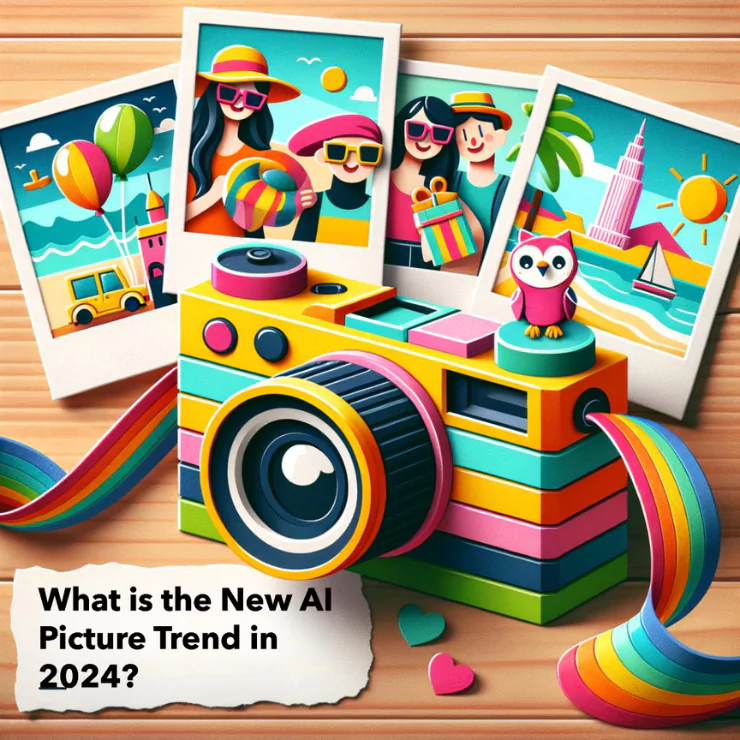Introduction: Can AI Create Photo Realistic Images?
As an artist paints a masterpiece stroke by stroke, so does modern technology create imageries, pixel by pixel. This fusion of art and technology opens fascinating possibilities. Among these is an intriguing question, can AI create photo realistic images? Yes.
Outline:
- Can AI Create Photo Realistic Images?
- The Evolution of Modern Imaging
- AI and Image Creation
- How AI Works in Image Creation
- GANs: The Game Changer
- Realism in AI-Generated Images
- Achieving Photorealism
- Challenges and Limitations
- Use-Case: ZMO.AI in Photo Realistic Imaging
- ZMO AI Models
- The Remover App
- Background Changer
- The Future of AI in Photo Realistic Imaging
- Conclusion
- FAQs
The Evolution of Modern Imaging
Photography and art, as dynamic modes of expression, have significantly advanced over the past few decades, largely due to the advent and progression of technology. The rise of digital platforms has redefined the realm of these traditions, offering creative individuals unprecedented tools for developing, editing, and distributing their work. The limitations formerly understood in the field of visual arts and photography have been surpassed, transcending traditional concepts and expanding our imagination’s horizons.
Bridging the gap between the analogue and digital worlds, today’s artists can construct and manipulate images like never before, pushing the envelope of creativity to once-unthinkable apexes. Technological platforms and advanced software have not only democratized art and photography but also introduced a wide array of possibilities for reimagination and reinterpretation. Therefore, with the growth of technology, we are also witnessing an evolution in the way we conceive, create, and perceive art and photography.
AI and Image Creation
Merging artificial intelligence with image creation is akin to dropping a pebble in a still pond. The ripples extend the possibilities of what can be achieved, making us reevaluate our preconceptions of art and creativity.
How AI Works in Image Creation
Neural networks lie at the core of AI-based image generation, closely mirroring the complexity inherent to the human brain. These robust systems deduce patterns by processing vast collections of image data. This processing allows them for a comprehensive grasp of various visual elements, their properties, and the relationships between them.
This understanding forms the essential mechanism that enables AI to generate images. By assimilating these intricate visual correlations, AI can produce images that bear an uncanny similarity to real ones. Every pixel and its specific shade, generated by the AI, contribute to the high fidelity of these artificially generated yet convincingly realistic images.
GANs: The Game Changer
Of all the techniques used in AI image creation, Generative Adversarial Networks (GANs) stand out. These employ two neural networks in a zero-sum game, synthesizing images that get gradually more realistic with every iteration – a method we call “training.”
Realism in AI-Generated Images
Just how close can AI get to creating photo realistic images? The answer is closer than you might think, and their realism continues to improve.

Achieving Photorealism
The creation of photo-realistic images hinges on AI’s capacity to use large datasets for extracting and processing relevant details from a myriad of elements. By examining these diverse inputs, the AI goes beyond recognizing patterns to generate a synthesis of these visual components, which it then translates into fresh, new images. These highly sophisticated AI algorithms collate, analyze, and repurpose information, leading to intricate visualizations that fuse various aspects derived from countless data points.
Such AI-manufactured images often possess startling verisimilitude, eliciting awe and often being mistaken as output from traditional photographic means. By essentially creating a digital scaffolding of an image, the AI instills realism into these crafted graphics. Upon viewing, the end product is so meticulously constructed and polished that it is easily mistaken for a photograph taken by a camera. The ‘eye trickery’ of these AI-powered visuals emphasize the tremendous potential for AI technology in the field of realistic image creation.
Challenges and Limitations
To truly grasp the full extent of the situation, it’s crucial to engage in a frank discussion of the challenges. The journey towards maintaining consistent quality in the outcomes involves a tough, ongoing battle. Irrespective of the innumerable advances and strides we’ve made, we’ve yet to realize perfection.
Navigating through the world of dataset limitations is an intense balancing act. The datasets, crucial as they are in shaping the AI’s performance, are often riddled with constraints and limitations. We’ve to juggle within these restrictions, trying to extract the maximum feasible performance from the invisible columns of tables, making it an uphill undertaking.
Added to these is the rather puzzling, elusive nature of the uncanny valley. This psychological phenomenon where an entity appears nearly human but just slightly off can result in feelings of discomfort, eeriness, and in certain circumstances, outright rejection of the technology. As an inherent part of the development of AI-generated photorealism, surpassing the uncanny valley serves as a constantly hovering obstacle in our pursuits.
These concerns aren’t just peripheral side notes or trivial hindrances. No, they represent key challenges, central to the overall journey. Overcoming these issues in the universe of AI-generated photorealism is more than just a trifling footnote—it’s an essential part of the story we’re authoring.
Use-Case: ZMO.AI in Photo Realistic Imaging
A prime example of the role of AI in image manipulation and creation is ZMO.AI. This multipurpose tool embodies the unique capabilities of AI.



ZMO AI Models
ZMO.AI is a leading technology firm that utilizes cutting-edge AI models for image transformation and optimization. The company’s expertise surpasses mere basic adjustments. It holds the capability to generate high-quality, photorealistic images, thus elevating the standards of image manipulation and creation. In this revolutionary era of technology, ZMO.AI has harnessed advanced artificial intelligence to reimagine the possibilities within the realm of image processing.
The Remover App
ZMO.AI, renowned for its exceptional image manipulation capabilities, exemplifies its innovative prowess through the Remover app. This cutting-edge application simplifies the arduous task of editing by effortlessly eliminating unwanted objects from photographs. Through modern algorithms and advanced AI functionalities, users can refine their images with unprecedented ease and precision. The Remover app is a perfect expression of the power of technology to redefine our interaction with imagery, making it a standout offering in ZMO.AI’s impressive arsenal.
Background Changer
ZMO.AI, a pioneering firm in the field of artificial intelligence, boasts an assortment of remarkable features, central to which is the remarkable ‘Background Changer’ tool. This revolutionary tool is capable of successfully swapping out the background in any given photo with an alternative of the user’s choice, thereby providing users with unprecedented control over the final image. By adding another layer of detail and manipulation, the Background Changer tool not only enhances the user’s creative freedom but also invariably enriches the depth and composition of the resultant image.



The Future of AI in Photo Realistic Imaging
The future holds vast potential for AI in the realm of photo realism, a concept that becomes increasingly clear as we witness significant advancements in virtual and augmented reality technologies. As these technologies evolve, they bring about a wave of innovation that merges the digital and the physical, building a visual reality beyond the human perspective. With AI tools becoming more sophisticated, we are now on the cusp of a future that allows us to generate intense detail and exquisite aesthetic features in photos, all from the computational processes of machines.
One intriguing aspect of this progress is how AI, through pattern recognition and deep learning, can essentially ‘learn’ to create compelling, detailed images. AI algorithms are trained with thousands of images, learning to understand patterns and create additional images that are indistinguishable from the physical reality. The impact of these technological breakthroughs is a game-changer, bringing forth creations that emanate from the minds of machines yet bear a striking semblance to the images produced by a professional photographer.
These vivid and detailed illustrations not only change our perception of what technology can achieve but also provide a glimpse of how machines could become valuable contributors in creative fields. The continuous evolution of AI in photo-realism blurs the line between human-generated and AI-created art, presenting us with the exciting possibility of living in an era where technology has a vice grip on unreal realism. This emerging future, staunchly underpins the adage: ‘the sky is the limit,’ promising an endless array of opportunities for both AI and man to explore, create, and innovate within the realm of photo-realistic imaging.
Conclusion
AI’s ability to create photo realistic images marks a sea change in the creative world. Throughout the challenges and growth, one thing remains certain: this powerful technology has changed the game, and there are no signs of it slowing down.
FAQs
Q1: How do GANs create realistic images?
A1: GANs employ two neural networks, the generator and the discriminator. The generator creates images, and the discriminator assesses them against the real data. This iterative process continues until the generated images become difficult to distinguish from the real ones.
Q2: What are some applications of AI in photo realism?
A2: Applications range from virtual art creation and image manipulation to developments in VR/AR technologies and predictive healthcare imaging.
Q3: What is the role of ZMO.AI in photo realistic imaging?
A3: ZMO.AI applies complex AI models to optimize and transform images, enabling the creation of high-quality, realistic images.
Q4: What are some challenges faced by AI in generating photo realistic images?
A4: Challenges include achieving consistent high quality, overcoming dataset biases and limitations, and avoiding the uncanny valley effect.
Q5: What’s next for AI and photo realism?
A5: With its potential applications in VR/AR and other visual technologies, we may see even better realistic immersive experiences and creative innovations from AI.




